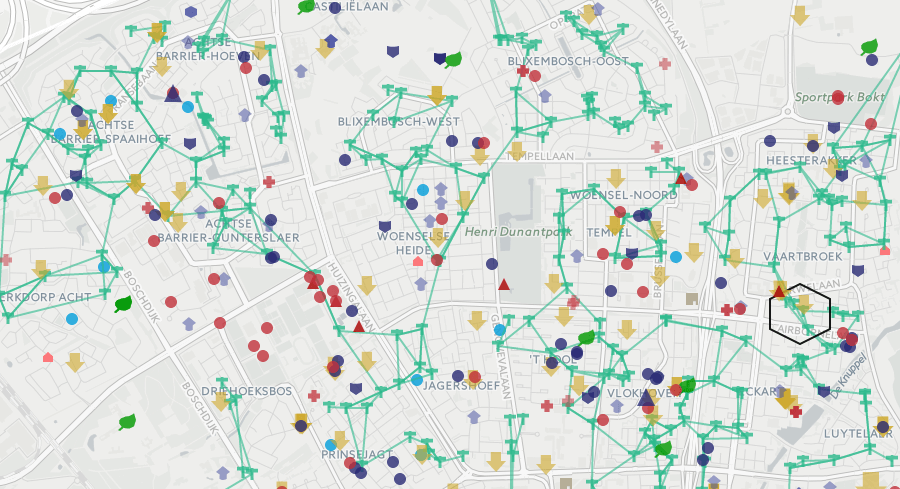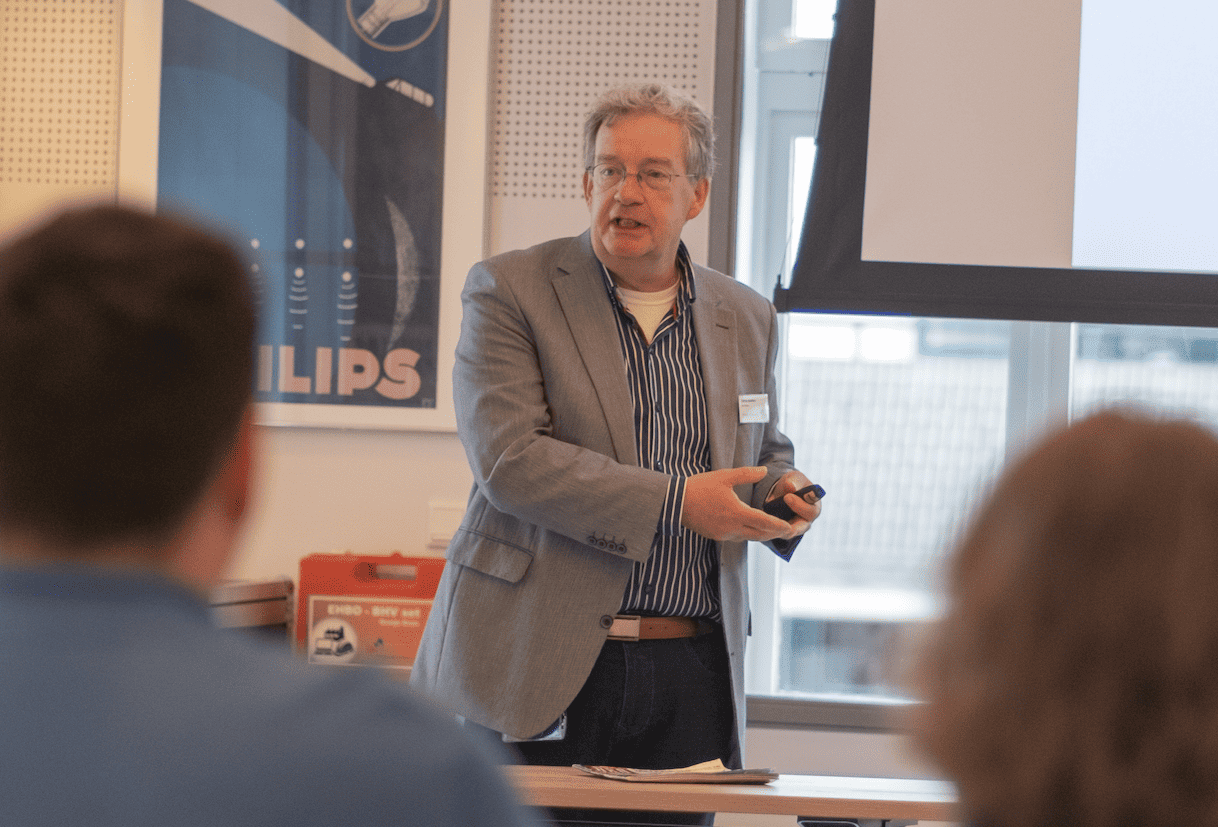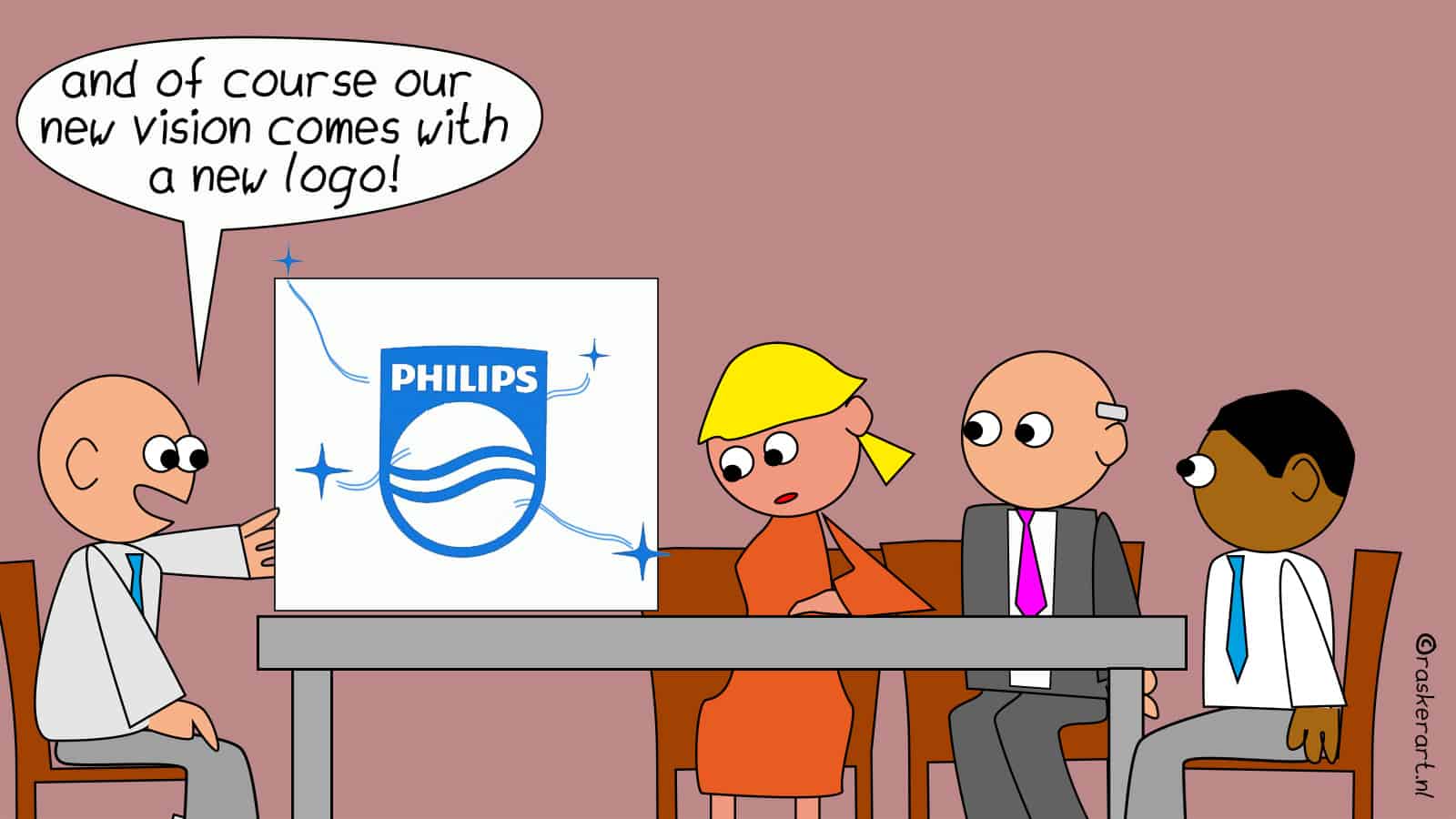
Albert Jan Kruiter, member of the Sounding Board of The State of Eindhoven, public entrepreneur and founder of the Instituut voor Publieke Waarden on ‘data deserts’.
Albert Jan Kruiter (co-founder of the Instituut voor Publieke Waarden) acts as moderator of the design session, and Professor Tsjalling Swierstra (Maastricht University) leads the afternoon session with the lecture ‘DATA for Dummies’. The design session is organized by the DATAstudio. In the DATAstudio, Het Nieuwe Instituut and the city of Eindhoven work together around the question of how to become a smart society instead of a smart city. Or rather: what do citizens and neighborhoods have to gain from data and technology? The DATAstudio organizes various activities, mainly in the Eindhoven neighborhoods of Woenselse Heide and De Tempel, and provides input for the research program The State of Eindhoven (De Staat van Eindhoven) on the smart city in relation to the participation society.
date
27/10/2016
time
13:30 – 17:00
place
Designhuis
Decentralisation in the social domain…
Eindhoven is a smart city with an ambition to become even smarter. That is possible by allowing the technological developments upon which the city is built to be the source of future developments. Various experts agree that cities will be the driving force behind the democracy and welfare state of the future. For this reason Benjamin Barber has argued for the need to allow mayors to rule the world. But there are other reasons for putting the city at centre stage. In 2015 significant aspects of the welfare state were transferred from The Hague to local government through decentralisation in the social domain. As a result, local government plays a crucial role in the development of social security and healthcare. For a smart city this represents the challenge to encourage developments in the social domain with technology as the driver.
And these developments are in full sway. Alongside the new WMO (Social Support Bill) and the Participatiewet (legislation governing those who can work but who need financial support), local government also administers the new Jeugdwet (Youth Bill). The challenge is to organise better care and social security provision and to give people a bigger role in how this is administered. Many cities are doing this by further decentralising this provision to individual neighbourhoods. Local social teams are empowered to provide people with the care they need and to see what they can contribute to the neighbourhood. In other words, the epicentre of the transformation in the welfare state is not The Hague or city councils but neighbourhoods where local teams give concrete form to this transformation by providing people with bespoke care, by developing new initiatives together with local residents and by updating old solutions. This is happening throughout the country. In Eindhoven this is the responsibility of WIJeindhoven’ (WE Eindhoven).
… without suitable data
There are few developments as non-data-driven as the decentralisations in the social domain. Local governments had to buy in the care before the figures were made known. It is almost impossible to produce management reports and management data. And it is almost impossible to keep track of many of the problems that neighbourhood team members face (how many homeless teenage mothers with debts live in a certain neighbourhood?) because information flow in the social domain has always been top-down. The existing systems are in fact unsuited for the transformations that are taking place in the social domain: they do not fit the logic of the neighbourhood. After all, in the neighbourhood integral information is required, not separate systems for social support, work and incomes, debt repayment assistance and youth. Neighbourhood teams consist of generalists who work in an integral way. And they are faced with integral questions. If they cannot quantify them they are unlikely to find solutions that transcend the specifics of the case. And that is the ultimate aim.
After all, we want to invest less in expensive individual trajectories in second-line care and more in general, collective and easily accessible provisions that are less expensive. The data that should be the basis for the management of these provisions is not available. And there is no mechanism to make such information available quickly and simply.
The government has little trouble in disseminating data in other areas. When it comes to control and accountability, the government collects and processes a huge amount of data. But when it comes to service provision and assistance, it is less forthcoming. In this respect, the municipality of Eindhoven can begin at neighbourhood level. A smart city begins with smart neighbourhoods. In this way we can build upon the mission of the smart city in the social domain, in neighbourhoods, and face the challenge that the transformation of the social domain offers. There are various ways of doing that, several of which I discuss below.
Is there data for the citizen?
One of the core concepts behind the transformation of the social domain is that citizens ‘do more themselves’. In some cases this means that that they have to care for loved ones, bit it also means that they should take greater ownership of their neighbourhood: through joint initiatives, by setting up neighbourhood enterprises and by challenging the government. The WMO even incorporates a Right to Challenge: the right as a group of citizens to challenge the government if you think that you have better plans for your neighbourhood. But initiatives do not come automatically. Indeed there appears to be something of an impasse: the government looks expectantly towards the citizenry, while citizens continue to look to government for a lead. Local governments want citizens to tackle fundamental problems, but citizens also develop initiatives in areas where the government has no remit.
But what sources of data can citizens rely upon when they want to start their own initiatives. Governments do not always realise that they have an enormous monopoly on information. Take, for example, a man in Eindhoven who wants to start an initiative for the elderly. How can he find out how many elderly people live in his neighbourhood? And which people want to participate? And a couple that wants to help teenage mothers with debts? How do they know where these young women are and how many there are? Companies and government agencies consider it essential to have accurate data to write business plans or policy documents. But such date is rarely available to citizens who wish to develop initiatives. And that is also frequently the case for local social care teams.
Watering data deserts
This means that this data cannot inspire people. If people do not know the scale of a problem, they will be less inclined to solve it. Data can serve two functions at neighbourhood level:
- It can be a source of inspiration for citizens to solve problems themselves
- It can be a source of information to support and facilitate citizens’ plans
But this data is not always available. There are different reasons for this. In some cases, there is a data desert: the data simply does not exist. There are, for example, no agencies that have accurate data on the number of homeless teenage mothers with debts living in a particular neighbourhood. We might be able to find the number of young mothers in a certain postal code area in databases but that is more difficult when it comes to homeless people. A smart city needs to water data deserts.
In other cases, the data exists but is not readily accessible to citizens because information systems are complicated or because the data is shielded by institutions. Of course privacy laws may play a role in this, but not always. How much money does a municipality spend on landscaping, street lighting or care for the elderly? Such information is rarely available to citizens at the touch of a button. This diminishes the chance that they will use such data to start an initiative. A smart city should make data completely accessible at the neighbourhood level.
Data to inspire and support plans
The presumption is that citizens would be more active in improving their neighbourhoods if they had greater access to data about their neighbourhoods because it makes them think differently about their environment. But also because it would help them to carry out plans they have already conceived. I also propose that sharing data on the social domain can lead to greater social inclusion. Especially because many groups that have fallen through the net are rendered invisible by data deserts and compartmentalised information. How many children are taken away from their parents because the parents have no roof over their heads? How many health-insurance defaulters are there who are in receipt of mental health care? How many lonely pensioners are there in a particular neighbourhood? How many people would be willing to do shopping for people who are unable to do it themselves? How many people regularly give to food banks and do volunteer work? How many people could teach languages? These are all questions whose answers could lead to plans that would promote social inclusion.
Of course much more is required than simply making data available. Plans need to be financially viable and sustainable. But a smart city has the chance to contribute to making data available. There is currently a blind spot in this respect. There are several ways of tackling this:
- We organise a ‘know your neighbourhood’ session in which residents can ask questions about their neighbourhood, which we attempt to answer with accurate data. And if the answers are unavailable, we categorise it as a data desert.
- Together with residents, we develop plans for the neighbourhood that they want to and can implement. We attempt to support these plans with accurate data.
- We explore with residents whether they can fill in data deserts.
- We combine all of the above.
The smart city offers many opportunities for innovation and creativity. But it can also be a driving force behind transformation in the social domain by making data about neighbourhoods available to residents and by making social exclusion visible so that we can make plans for social inclusion. During my contribution to The State of Eindhoven I will consider the triangle: residents – plans – data.








